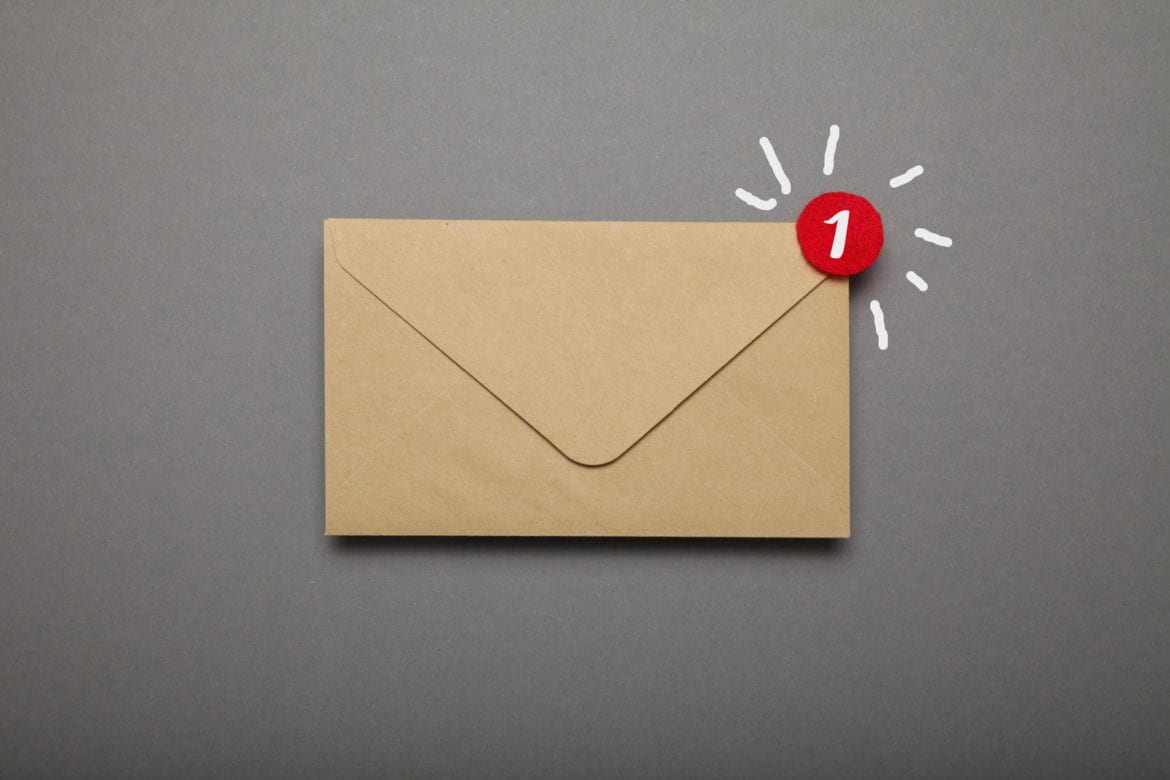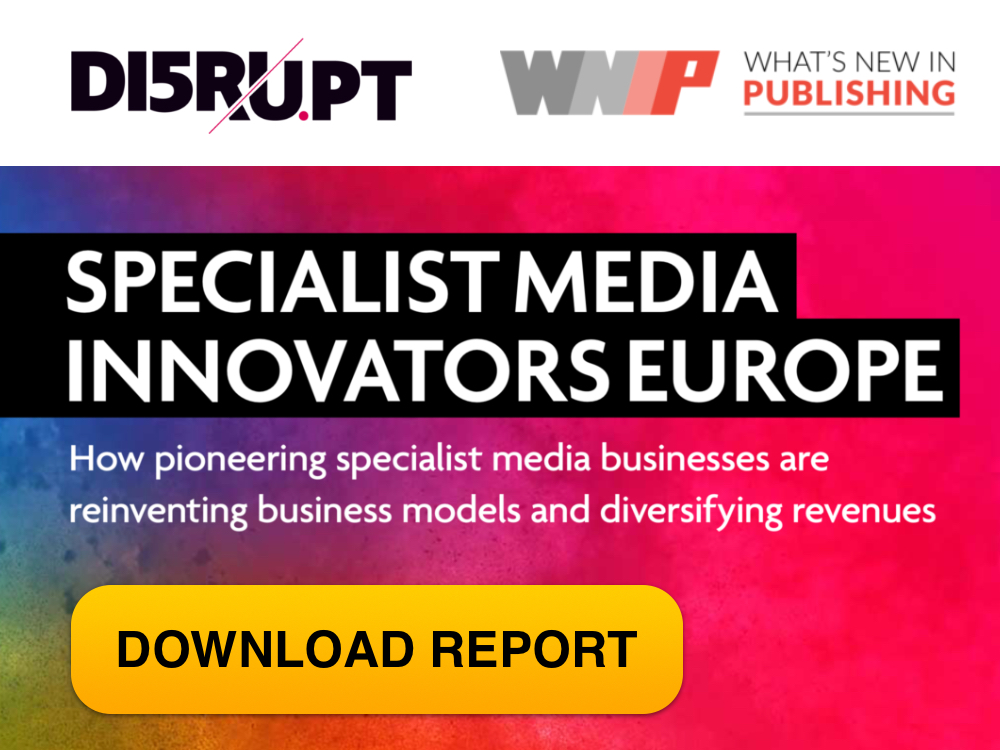|
Getting your Trinity Audio player ready...
|
Old-school email has been reborn in the tsunami of newsletters sent out by publishers and individual journalists. If you are eager to reconnect regularly with your audiences away from third-party social media platforms, email newsletters provide the perfect direct-to-consumer vehicle.
Context
Email is the ‘Comeback King’ of digital publishing. The Internet’s original electronic communications format was sidelined by social media, asynchronous collaboration tools and instant messaging. It didn’t do itself any favours either; spam and the relentless stream of barely relevant work communications left the medium tolerated but definitely not loved. In 2009, the Wall Street Journal went so far as to pronounce email dead.
And then social media got weird and angry, and Slack and its ilk became ubiquitously overwhelming and constant pings on your phone from your brother, your bank and your dry cleaner knocked the shine off instant messaging. The personal touch of a well-crafted email newsletter landing quietly in your inbox became a welcome relief from the white noise of unsolicited posts and notifications.
And it is in that space that publishers have carefully re-engineered their email newsletters to become tightly targeted, niche publications. Delivered daily or weekly they are welcomed as trusted, waited-for content by opt-in audiences and offer a robust platform for regular engagement, marketing communications and monetisation.
Benefits
- Email newsletters are RSVP media; you know who is showing up. The opt-in nature of the format means your audience is self-selecting and, served well, can be highly engaged. Email tech also means you know who is engaged and what they’re engaged by. The only way to get better audience data is to put up a paywall, or at least a registration wall.
- Newsletters are personal. They show up in your inbox, addressed to you and wait there until you decide to read them or delete them. Readers sign up for newsletters because they are interested in the subject matter. For you, the publisher, that sign-up gives you permission to regularly delight your audience with highly relevant, carefully curated content. And it’s the starting point for a long-term relationship that can be developed across your portfolio.
- Once you have a solid newsletter infrastructure in place, the cost of launching additional newsletters is very low. Beyond investment in content creation and marketing, which shouldn’t be underestimated but equally should be incremental costs, there is little additional investment required to experiment. Newsletter formats are also incredibly flexible, allowing you to tailor content to suit different audiences and budgets and shutting down a newsletter that didn’t work or has passed its sell-by date is comparatively quick and painless.
Challenges
- There are a lot of newsletters out there. Some say we might even have reached peak newsletter. That might be true through an industry lens, but not from the perspective of the individual, who will always have time for a newsletter that’s just right for them. Your challenge is to research what that newsletter looks like – what problem can you solve for your audience – and deliver it.
- There may be few mechanical costs associated with launching newsletters, but there are resource costs. It’s important to make sure your editors and marketers have the bandwidth to do a good job. Find the right frequency, format and content mix for your readers, but also for your team. The audience will quickly abandon a newsletter that is produced as an afterthought.
- Are you going to monetise your newsletter? Many publishers see their newsletters as brand builders, regular reader communications to develop habit and loyalty in the broader portfolio. But newsletters can generate real revenue, both from advertising and sponsorship and as paid products in their own right. If you go the revenue route decide how you are going to introduce ads and design your newsletter in a way that keeps them unobtrusive. If you’re going the paid route, let people know up front – switching from free to paid will not be easy.
Vendors
Upland Adestra
Email automation software that inspires engagement
Adestra enterprise email software was added to the Upland suite of cloud-based products at the end of 2018. Clients include UBM and Incisive.
Mailchimp
Helps small businesses do big things
Mailchimp is used by 13 million small businesses as a marketing tool to deliver emails, but also social media and web functionality. Clients include 6am and The 19th.
Revue
An editorial newsletter tool for writers and publishers
Acquired by Twitter inJanuary 2021, Revue is now a free service that charges a 5% commission on subscriptions. Clients include the Chicago Sun-Times and Vox Media.
Email newsletters in support of first-party data
Email opens were up as much as 20% during Coronavirus lockdowns, according to data from software provider LiveIntent. And research across 2,500 of the marketing platforms clients showed that the increase translated to increased revenue for publishers – over 100% in the shopping category, 55% across home and garden and more than 30% across business.
LiveIntent noted the increase came from higher advertiser spend from brands trying to reach bigger, defined audiences. Kerel Cooper, senior VP of global marketing at LiveIntent, highlighted the data benefits of the format:
“As the industry continues to grapple with the ramifications of the changing nature of third-party data, email represents an owned channel for each publisher with their audiences. A robust email offering may very well be the bridge to the future for publishers that will have to survive in a world where third-party solutions no longer are effective.”
Further Reading
- Newsletters: make them good and keep them relevant, InPublishing
- Why journalists are flocking to newsletters, Newmark J School
- Email ads: 5 things you need to know, Montague Street Media
- Publishers see revenue bumps from email newsletters, WNIP
This article is an excerpt from our free-to-download report, 6 publishing technologies that will make a difference to your business.



